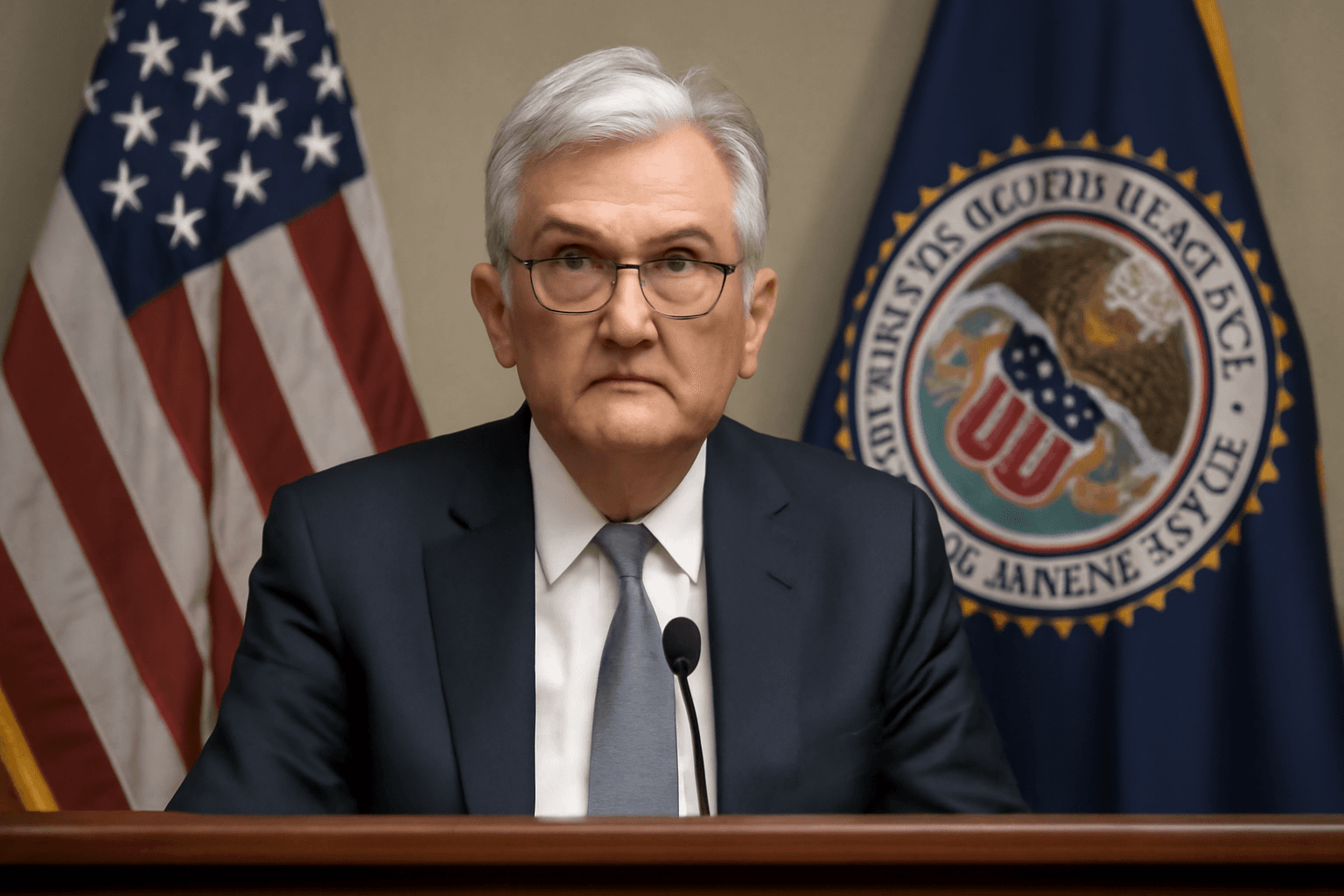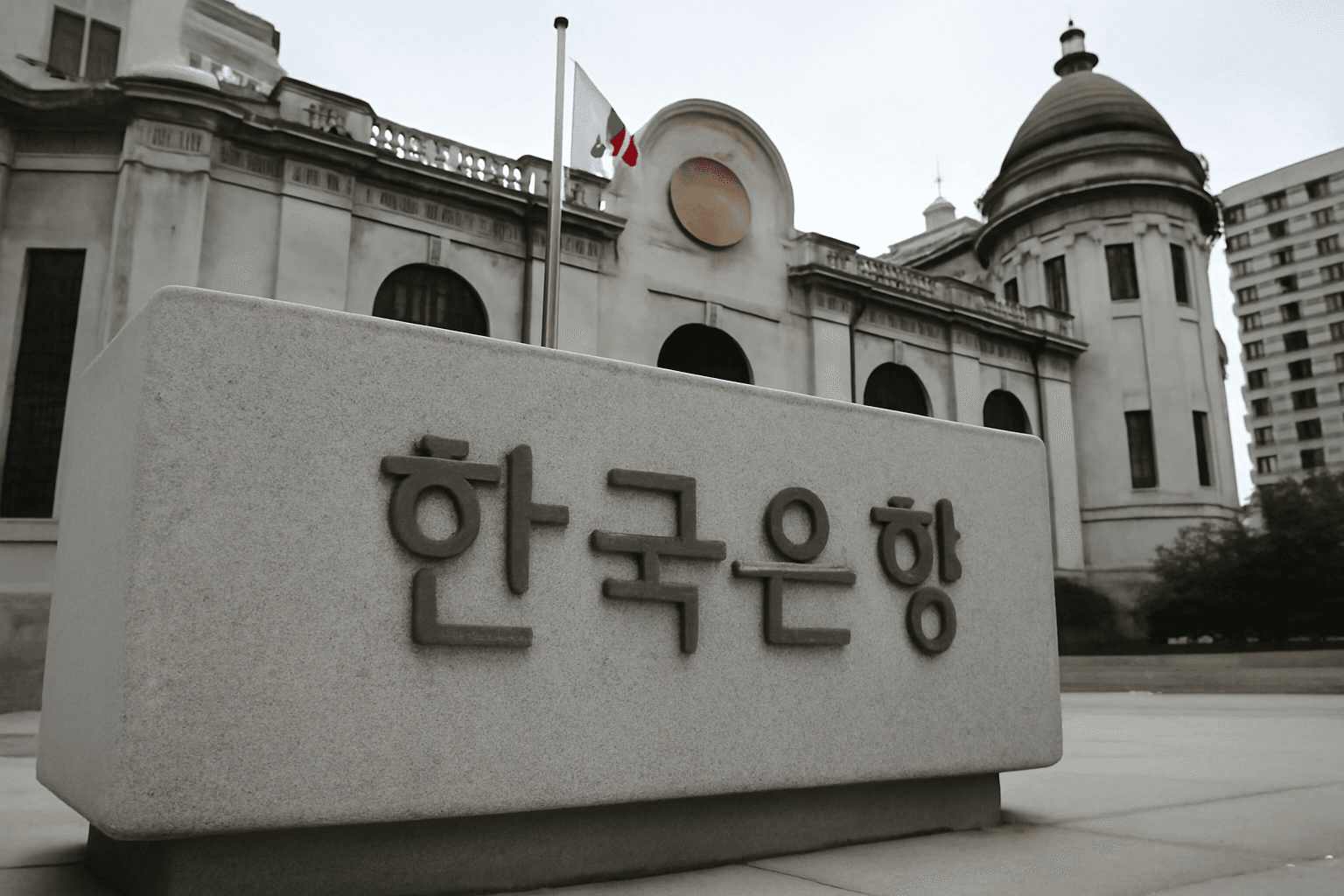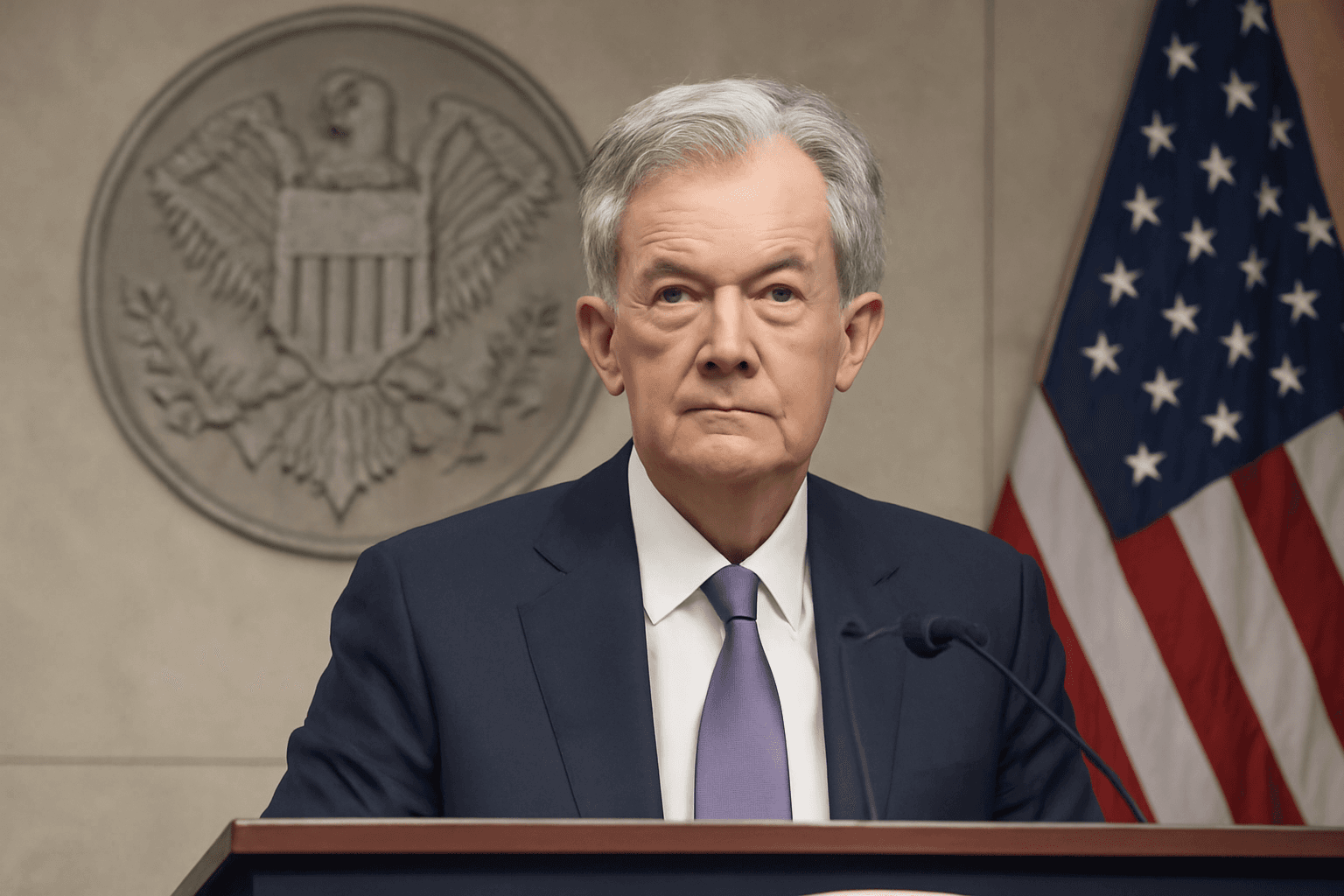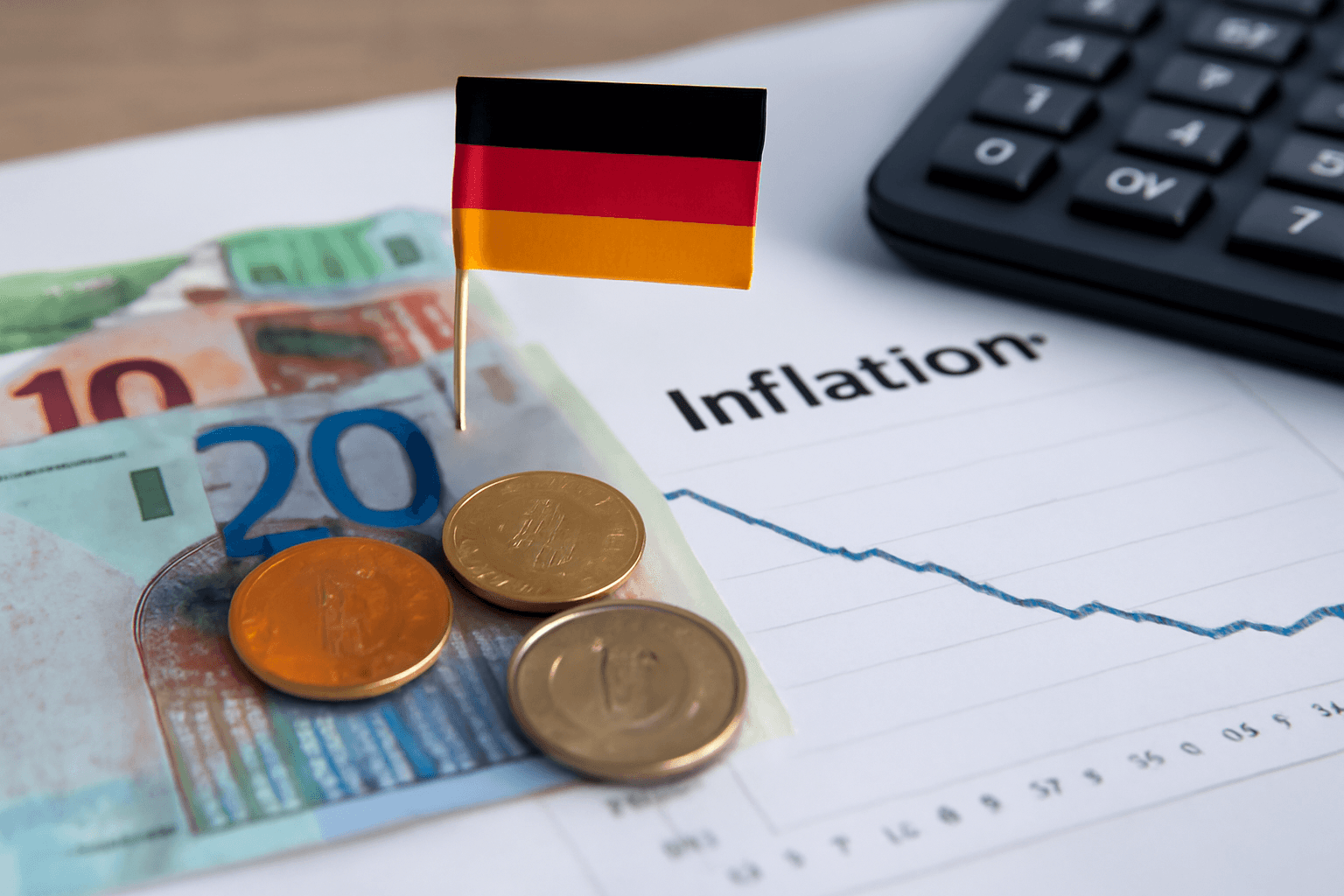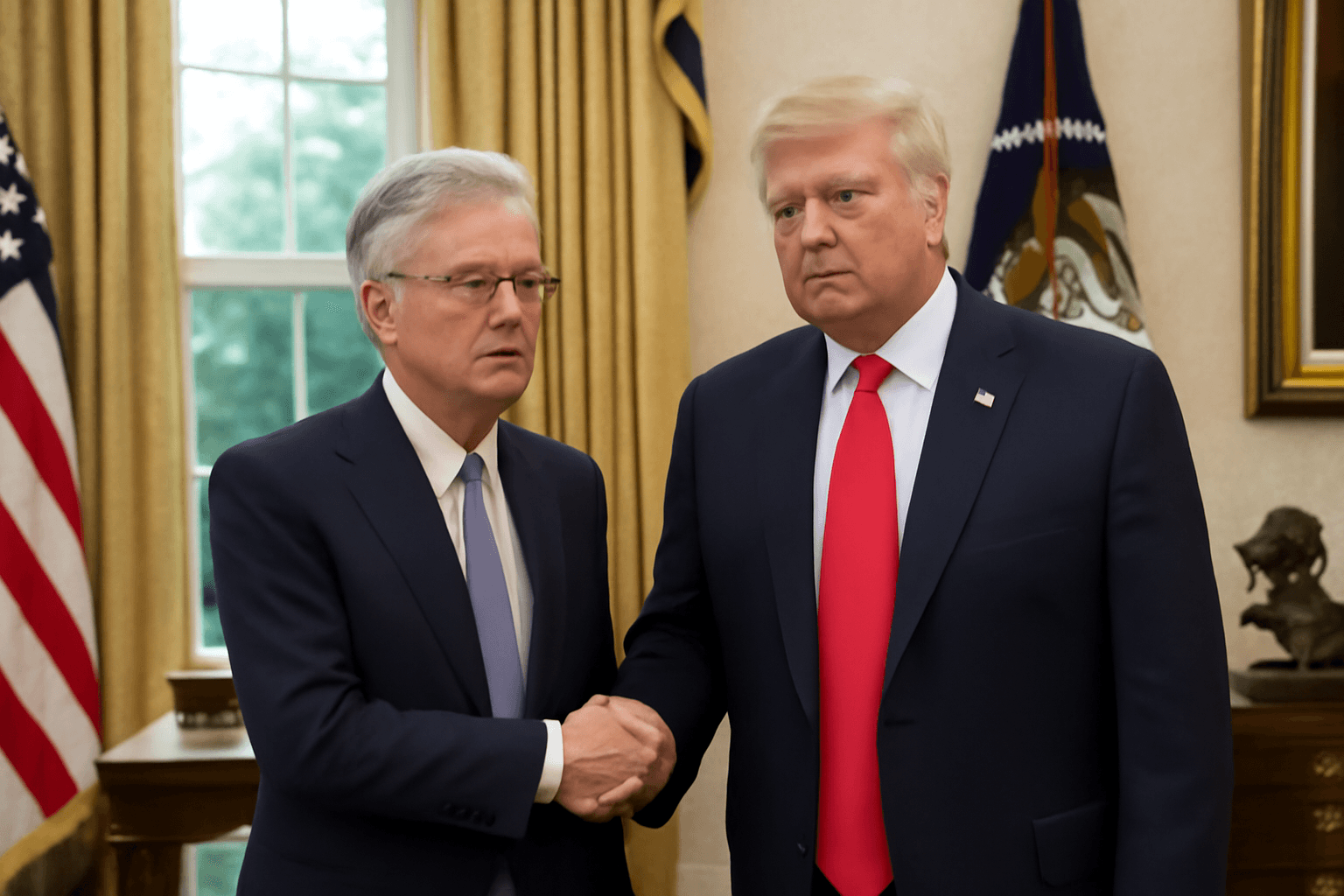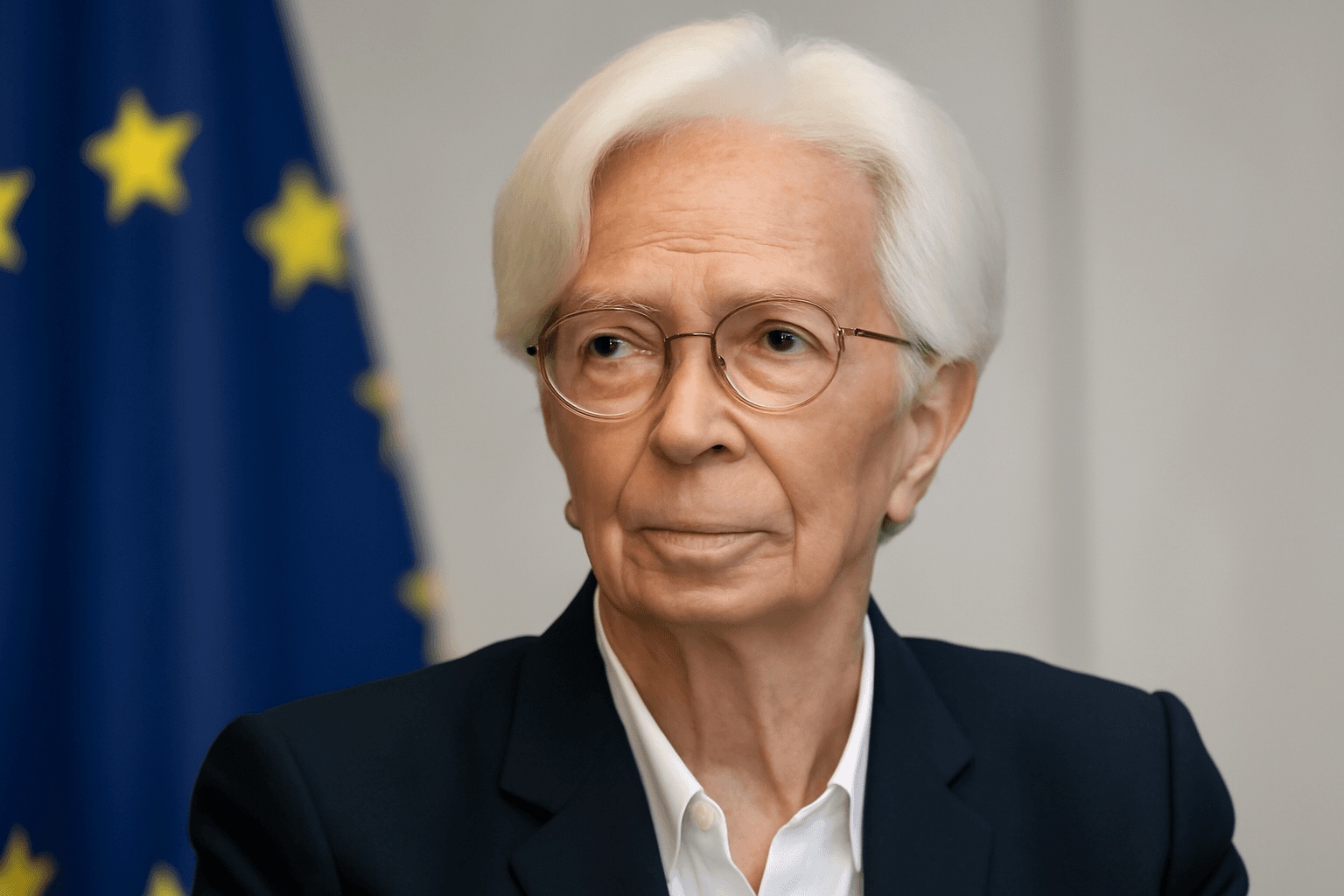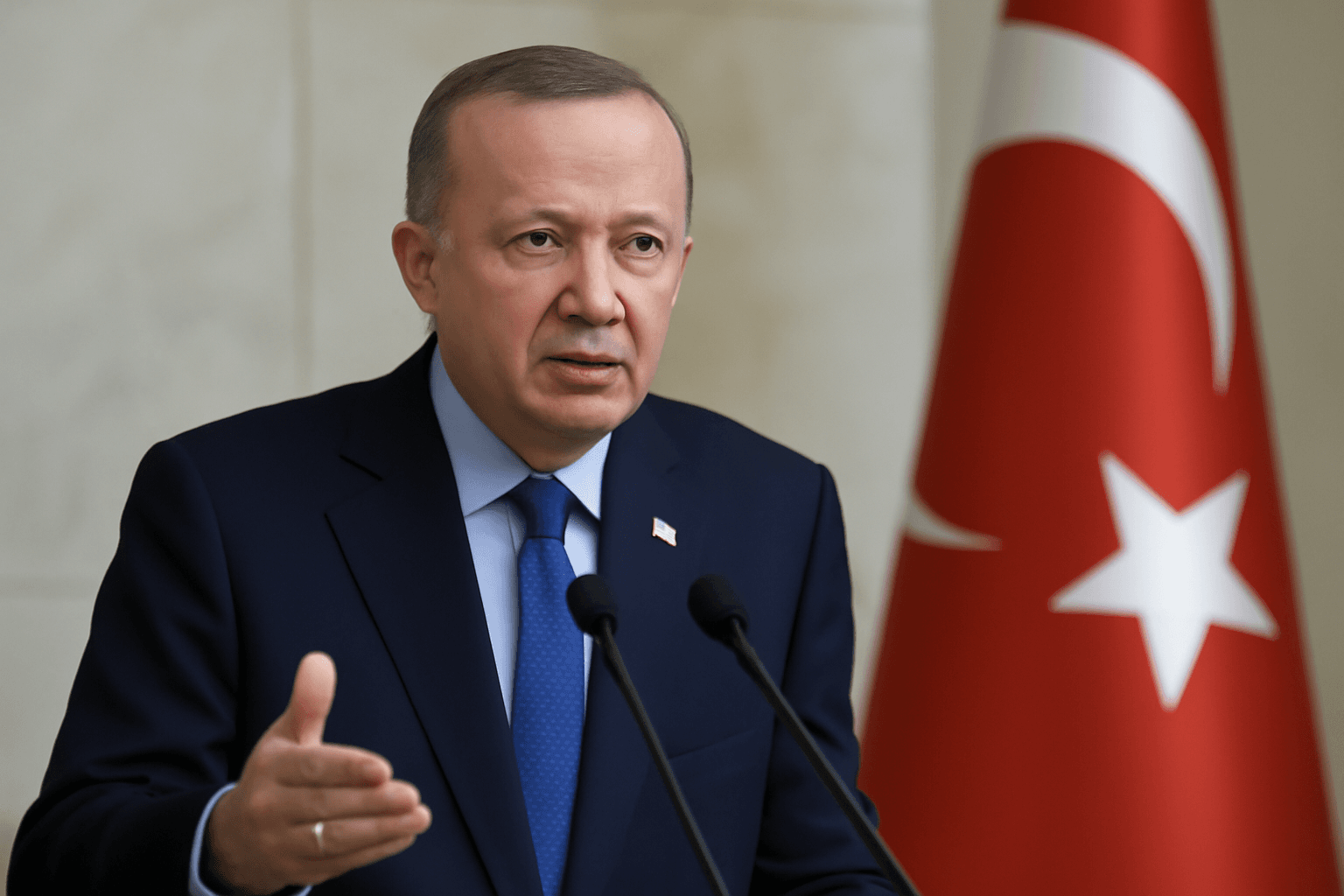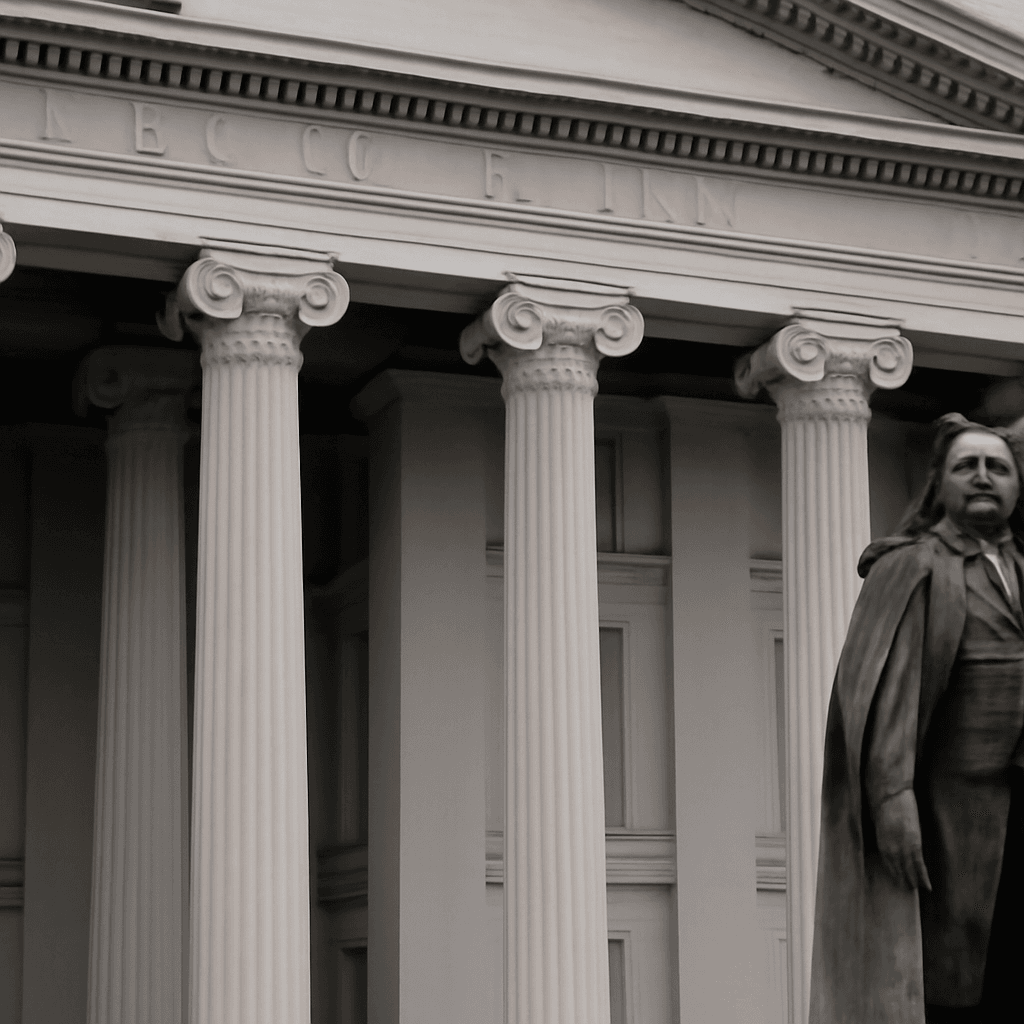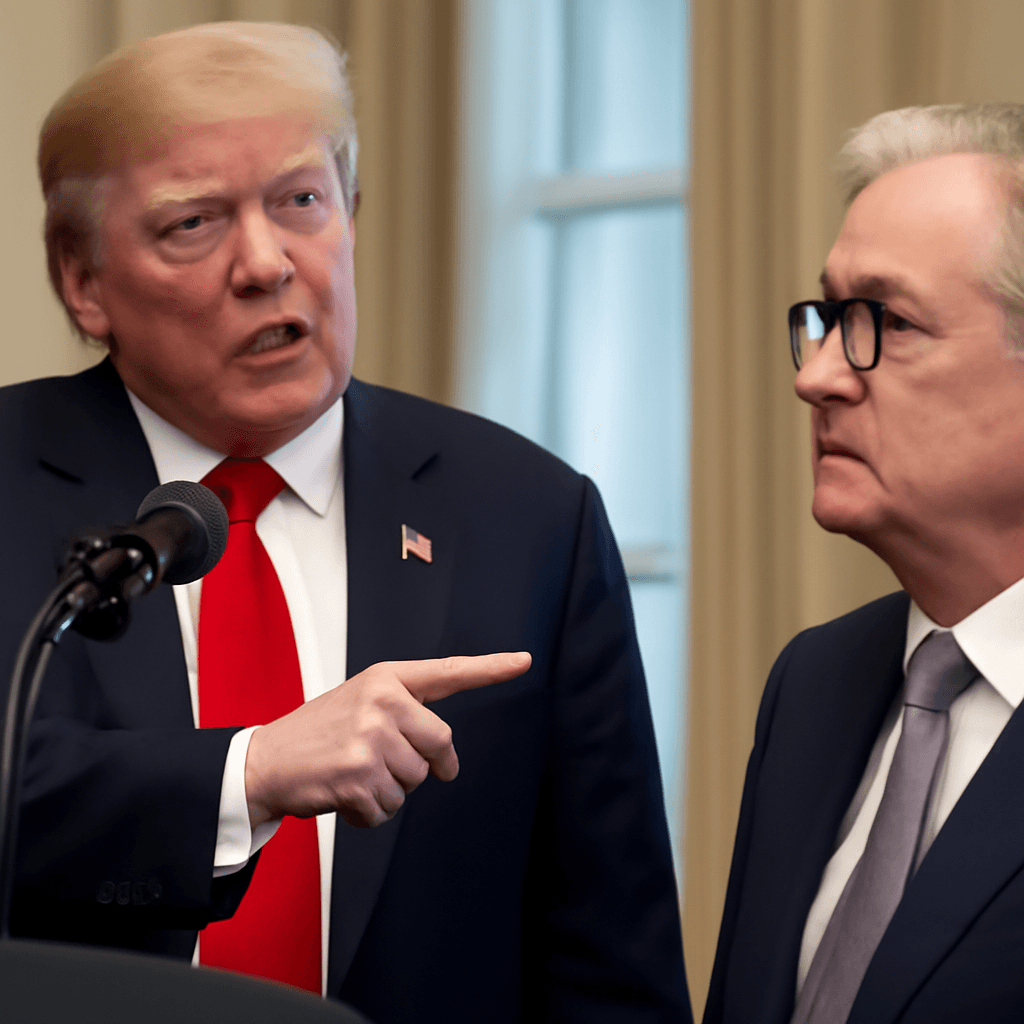European Central Bank Holds Interest Rates Steady Amid Trade Tensions
In its July meeting, the European Central Bank (ECB) opted to maintain its benchmark interest rate at 2%, citing an “exceptionally uncertain” economic environment. This decision comes against the backdrop of ongoing tariff disputes between the European Union and the United States, which continue to cloud the outlook for growth, inflation, and currency stability across the eurozone.
The ECB has been progressively lowering rates this year—from 3% in January down to 2% in June—following last year’s cuts from a historic high of 4%. Despite the complex geopolitical landscape, the bank’s outlook on inflation remains largely consistent, reflecting cautious optimism for price stability.
Trade Disputes Cast Shadow Over Economic Forecasts
The United States is the European Union’s largest bilateral trade partner, with goods worth approximately 503 billion euros ($590 billion) exported toward the U.S. last year. However, the future of this pivotal trade relationship remains uncertain, as impending U.S. tariffs on EU imports loom and Brussels braces with retaliatory measures of its own.
These tariff tensions introduce difficult-to-quantify risks to economic forecasts. The ECB’s own statement emphasizes the heightened volatility, underscoring the challenges in predicting inflation trends and currency dynamics in an increasingly fractious trade environment.
Eurozone Growth: Signs of Resilience Amid Risks
During the press conference following the rate decision, ECB President Christine Lagarde highlighted that the eurozone economy outperformed expectations in the first quarter. This growth was partly driven by exporters accelerating shipments ahead of anticipated tariffs, but also by robust private consumption, increased investment, rising real incomes, and favorable financing conditions.
Nevertheless, Lagarde warned that growth risks remain “tilted to the downside.” A sharp escalation in trade tensions could weigh heavily on exports, investments, consumer confidence, and overall household sentiment. Conversely, a swift resolution to tariff issues, combined with increased European spending on defense and infrastructure, could ignite faster-than-expected growth in the coming months.
Addressing the Strong Euro and Inflation Dynamics
The euro has demonstrated notable resilience, rising from approximately $1.026 at the beginning of the year to hover around $1.175 in mid-2025. While this currency strength benefits consumers through cheaper imports, it also risks exerting deflationary pressure by suppressing price increases within the eurozone.
Lagarde acknowledged these dynamics, noting that a stronger euro could indeed lower inflation more than anticipated. Simultaneously, she pointed out that heightened global tariffs might suppress price rises if exporters from countries with excess capacity reroute goods to the euro area.
However, the ECB remains vigilant about the opposite scenario, where fragmented global supply chains contribute to domestic economic constraints and upward price pressure. Other inflationary risks include increased fiscal spending and the growing frequency of extreme weather events.
What Lies Ahead for ECB Policy?
Market reactions to the ECB’s decision saw the euro dip modestly against the U.S. dollar, though it remains considerably stronger compared to the start of the year. Economic advisers suggest that the ECB is keeping all policy options on the table.
- Joe Nellis, economic adviser at MHA, speculates there might be another rate cut later in 2025 if the U.S. proceeds with proposed tariffs, which could dampen growth prospects.
- Mark Wall, chief European economist at Deutsche Bank, however, warns that a resolution of trade conflicts combined with fiscal stimulus could prompt the ECB to reconsider its accommodative stance—potentially leading to rate hikes if inflation risks rise.
This balancing act reflects the wider challenges facing central banks globally: managing inflation and growth while navigating geopolitical upheavals and shifting currency landscapes.
Expert Perspective: The Intersection of Monetary Policy and Trade Politics
From an American policy standpoint, these developments raise critical questions about the effectiveness and collateral consequences of tariffs as economic tools. While aimed at protecting domestic industries, tariffs risk disrupting supply chains and complicating central bank strategies on both sides of the Atlantic. For U.S. policymakers, the ECB’s cautious monetary stance underscores the interconnectedness of global economic health and the potential unintended fallout of escalating trade barriers.
Editor’s Note
The ECB’s decision to hold rates steady is a textbook example of central banks’ dilemma in times of geopolitical uncertainty. On one hand, the risk of slowing growth due to trade restrictions demands accommodative monetary policies. On the other, persistent inflationary pressures and currency fluctuations call for vigilance and flexibility. As the EU and U.S. edge toward potential resolutions or further escalation, all eyes remain on how this delicate dance between trade and monetary policy will unfold—shaping economic fortunes across continents. For readers, the key takeaway is clear: in today’s globalized economy, economic policy cannot be viewed in isolation from international politics.



